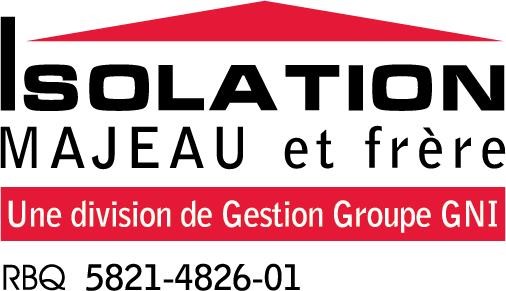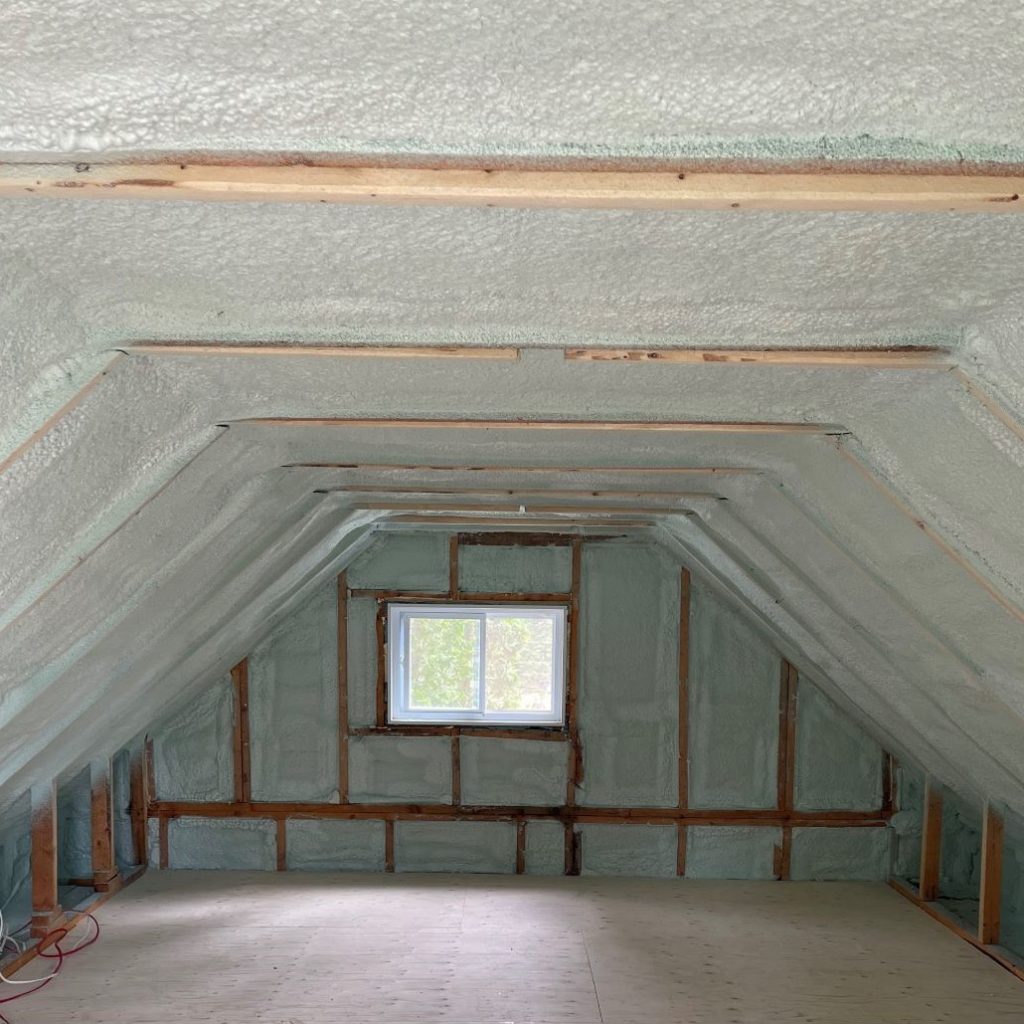THE HISTORY OF INSULATION MATERIALS
Our houses have never been so well insulated, but it hasn’t always been this way. How did we arrive at such high quality insulation? What are the steps, events and inventions that have made insulating materials evolve? We invite you to discover the evolution of insulation materials with us.
THE HISTORY OF INSULATION MATERIALS
Your great-grandparents’ houses weren’t really airtight. Up to the 1940s, the foundation walls were made of stone, without being hermetic at all. Then, in the 1950s, we started replacing wood panels with the first insulators. In this era, when there was one, the black paper acted as a vapour barrier. We insulated with whatever was available. It could be newspaper, animal wool, wood shavings or sawdust. In those days, people heated with wood or oil and the costs were not high.
The Influence of Oil on Insulation
Oil-exporting countries create OPEC in the late 1960s. Rapidly, in the early 1970s, the fuel prices rise significantly. From then on, we started looking for ways to save energy and we put more and more effort on insulation. In 1978, a new section called the Canadian Energy Consumption Code was added to the national building code. This will double the requirements for insulation in the construction of new houses. In fact, air and vapour barriers appear in the early 1980s.
Mineral Wool and Glass Wool
The famous mineral wool which comes from melted and spun basic rock is one of the first products created specifically for insulation. But since the Second World War, glass wool has been used more and more. It is made of silica or glass beads that are melted down to form thinner threads. Then the wool is sprayed with a binding agent which allows it to be agglomerated and then cut into pieces of different sizes.
Mineral Wool and Glass Wool
After World War II, cellulosic fibre (cellulose) began to be made from newspaper. New or recycled newsprint is shredded. Then, the fibre is coated with chemicals, mainly borax and boric acid, to prevent fungus and increase its resistance to fire. At Isolation Majeau, we mainly use cellulose for attic insulation. It’s simple to use, and its cost is low. In addition, cellulose has a higher insulating value than blown glass wool, R-3,7 (cellulose) vs R-3,0 (fibreglass wool).

Expanded Polystyrene and Extruded Polystyrene Insulation Panels
Derived from petrochemicals, this product is made of tiny beads of expandable styrene which are introduced into a stainless steel cylinder where steam is injected. Then the beads expand for a few hours before being moulded into panels cut into different sizes. As for extruded polystyrene, the difference lies in the manufacturing method. Expanded polystyrene uses a moulding method while extruded polystyrene uses a continuous method.
The Polyurethane
This insulation, which offers the highest insulation value (R-6 per inch) comes from the reaction of two chemical products projected by pressure directly on the surfaces to be insulated. The products react together to create an airtight and moisture-proof insulation. At Isolation Majeau, sprayed polyurethane is our preferred insulation. It’s extremely effective for insulating the concrete slab, foundation walls, rim joists, crawl spaces and flat roofs.
The evolution of insulation products demonstrates the ability of human beings to innovate in order to protect themselves at the best cost against the cold.I you feel like your home is still insulated in a rudimentary way, turn to our experts for advice on the best insulation materials for your needs.

This article was originally published on January 13, 2021 by François Morissette








